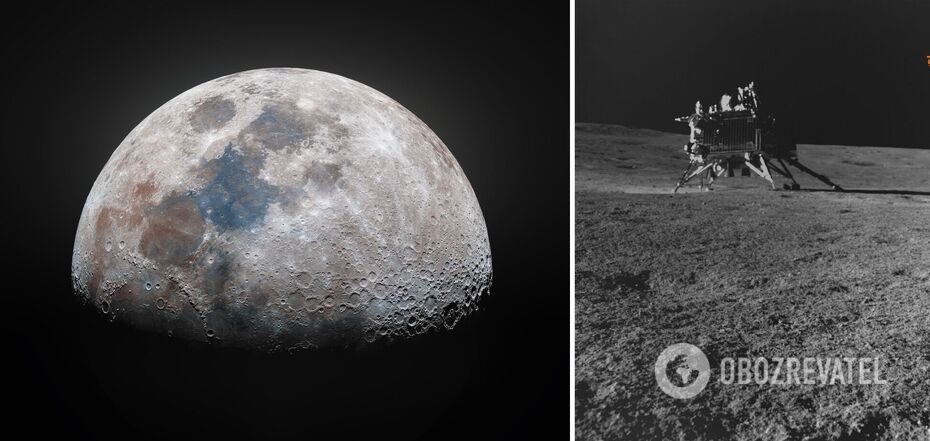Life
China unexpectedly casts doubt on India's historic success on the Moon: what's wrong
India, which became only the fourth country in the world to make a soft landing on the moon and the first to land its Vikram spacecraft near the rugged terrain of the moon's south pole, is probably exaggerating its achievements. At least that's what China thinks.
According to the South China Morning Post, Ouyang Jiyuan, chief scientist of China's first lunar mission, believes that India has not actually achieved its goal.
According to him, the landing site of the Indian mission "was not at the south pole of the Moon, not in the polar region of the Moon's south pole".
Western media speculate that the Chinese official is making such statements largely because it is a matter of space competition. As you know, China is also investing a lot of resources in exploring the southern region of the Moon, and its Chang'e-7 mission, scheduled for 2025, aims to land near Shackleton Crater at the South Pole.
However, it is worth recognizing that Jiyuan's comments are not entirely unfounded. The data suggests that Vikram has a long way to go before it actually reaches the lunar south pole, as strictly defined. The problem is that India's spacecraft did not survive the lunar night, when the sun's rays did not provide it with energy, and did not return to work under the sun's rays.
And it was extremely important to reach the South Pole, because it is one of the most promising places on the Earth's satellite to search for water ice.
"Vikram landed at a latitude of approximately 69 degrees south, which is really far from the polar region, which, according to a Chinese representative, is between "88.5 and 90 degrees."
NASA, for example, has a somewhat looser definition of what constitutes the Moon's polar region: it is any point between 80 and 90 degrees.
Australian scientist and Macquarie University professor in Sydney, Richard de Gries, also hints that Vikram did not achieve its goal, as the current evidence of water ice is "much closer to the south pole" than the landing site of the Indian spacecraft.
At the same time, it is worth recognizing that Vikram has its place in history, as it became the southernmost spacecraft to land on the Moon. India managed to land even closer to the south pole of the Moon than China's Chang'e-4, which landed on the far side of the satellite in 2019. "Chang'e-4 landed at latitude 45.55 degrees south, much closer to the equator than Vikram.
"The moment you land a lunar rover close to the south pole and certainly within what is defined as the south pole region, it's already a great achievement," said astrophysicist and director of the Space Research Laboratory at the University of Hong Kong, Quentin Parker.
In his opinion, this is why India should not be deprived of the championship.
Earlier, OBOZREVATEL talked about why all countries are so eager to land on the south pole of the Moon.
Subscribe to OBOZREVATEL's Telegram and Viber channels to keep up with the latest developments.



























